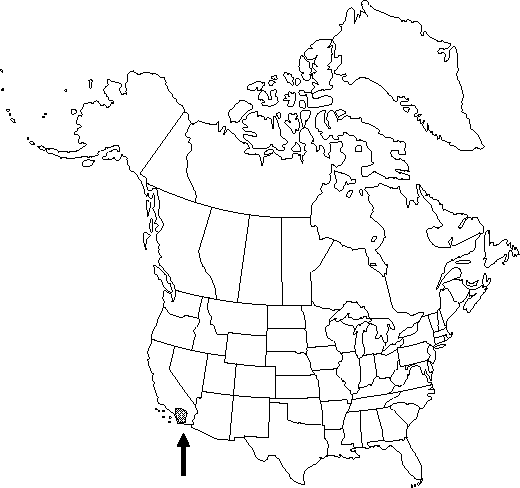Romneya coulteri
London J. Bot. 4: 75, plate 3. 1845.
EndemicIllustrated
Treatment appears in FNA Volume 3.
Plants 10-25 dm. Leaves 5-20 cm. Flowers: calyx distinctly beaked at bud apex, glabrous; petals 6-10 cm. Capsules 3-4 cm. Seeds dark-brown, papillose. 2n = 38.
Phenology: Flowering spring–summer (Apr–Aug).
Habitat: Dry washes, canyons
Elevation: less than 1200 m
Discussion
Romneya coulteri shares with Hibiscus lasiocarpos the distinction of having the largest flowers of any plant native to California.
Selected References
None.
Lower Taxa
None.
... more about "Romneya coulteri"
perigynous +
yellow +
absent +
gray-green +
lobed +
absent +
beaked +
glabrous +
Calif. +
capsular +
dehiscing +
bristly +
oblong;ovoid +
Present +
1-flowered +
petiolate +
alternate +
perigynous +
white +
distinct +
absent +
2 times number of sepals +
7-12-carpellate +
parietal +
London J. Bot. +
1845 +
expanded +
creeping +
clear +
sticky +
dark-brown +
many +
papillose +
ovoid +
1-seeded +
caducous +
distinct +
obovate +
many +
herbaceous +
coherent +
2;many +
radiate-ascending +
velvety +
7;12 +
flattened +
absent +
Romneya coulteri +
Romneya +
species +
glaucous +
large +

